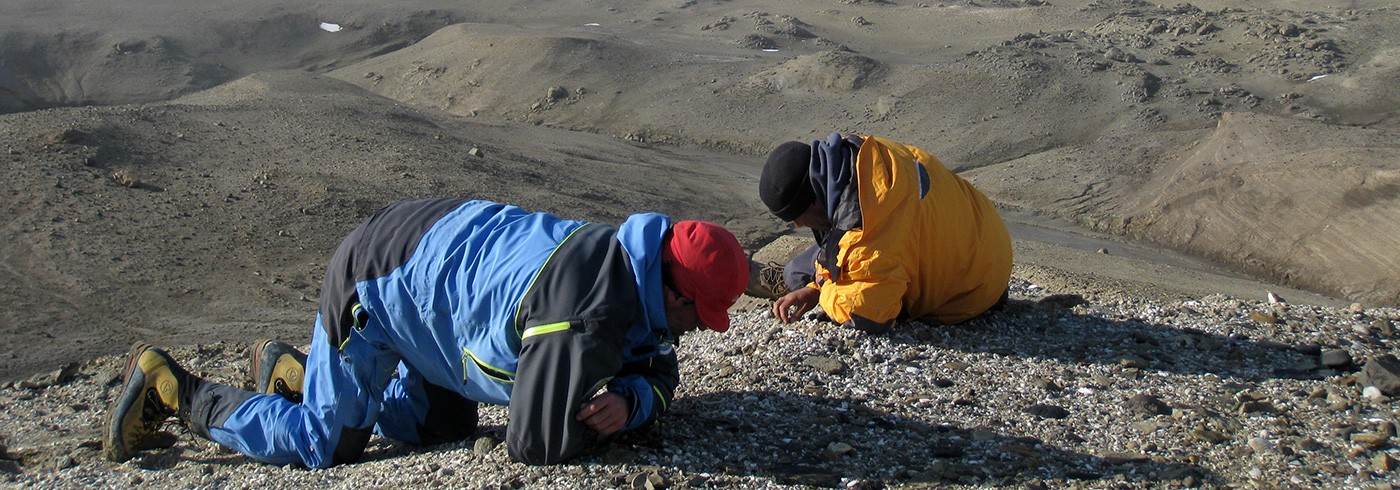The goal of this project is to explore rock sections for new mammal fossils. The record of Antarctic mammals is very sparse and new taxa can be expected. Seymour Island is the only ice-free area on the whole continent that exposes Palaeogene strata, allowing a keyhole view into the Early Cenozoic world of this land mass. It is therefore the only place that can help us understand the crucial biogeographical role of Antarctica during the Cretaceous–Tertiary mammalian transition.
Seymour Island is also important as a dispersal corridor between South America and Australia. Any single find will add significantly to our knowledge of the poorly understood evolution and palaeobiogeography of Early Cenozoic mammals in the southern hemisphere. New mammal finds will make it possible to draw a more precise picture of Gondwanan biodiversity and palaeoecology before and during the Late Eocene glaciation of Antarctica.
In addition, the project will provide new isotope data, which are important for the reconstruction of the palaeoclimate of southern high latitudes. The study will provide a much better understanding of the evolution, palaeobiogeography, and palaeoclimate of high-latitude mammals in Cenozoic Antarctica.
Principal investigator
Thomas Mörs
Department of Palaeozoology, Swedish Museum of Natural History

